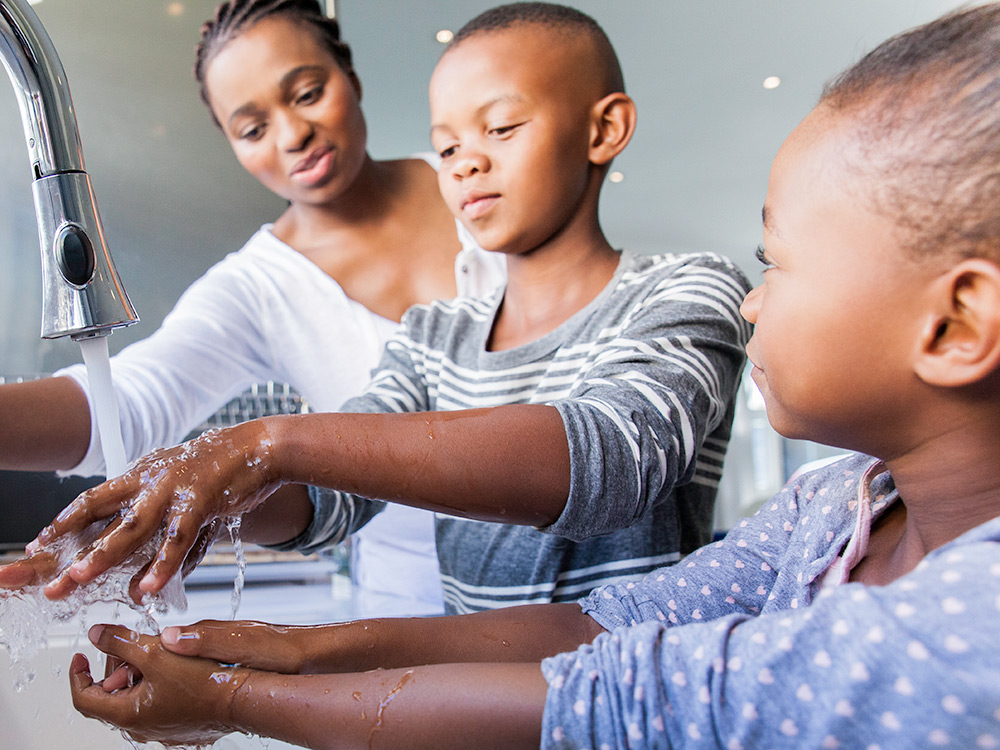Introduction
As the educational landscape shifts to incorporate inclusive practices, schools are increasingly involved in providing support for students with diverse needs. One key area of focus has been on the personal care needs of pupils, particularly those who may be dealing with disabilities or chronic health conditions. The question arises, how far must schools meet the personal care needs of their students? In this article, we will explore various aspects of this topic, including legal frameworks, appropriate support levels, and best practices.
Legal Frameworks
The provision of personal care services is governed by the Individuals with Disabilities Education Act (IDEA) and Section 504 of the Rehabilitation Act. Under IDEA, students with disabilities should be afforded a free and appropriate public education (FAPE) that is tailored to their particular needs. This might involve special education services and supplementary aids to facilitate participation in general education environments.
In scenarios where the student requires assistance with personal care needs such as feeding, toileting or mobility, it becomes an essential part of their educational program. School districts are obligated to provide necessary personnel and supplies so as not to infringe on a student’s right to FAPE.
Appropriate Support Levels
Determining the appropriate level of support for students’ personal care needs requires careful assessment and planning. It is essential for schools to work closely with families and healthcare professionals in order to identify specific requirements.
Some key considerations when setting up personal care support include:
1. Individualized Education Plan (IEP): The IEP team should help develop goals related to personal care needs based on student evaluations and doctor recommendations.
2. Least Restrictive Environment (LRE): Services should be provided in a way that enables the student to participate in school activities without unnecessary segregation from their peers.
3. Continuity: Consistent staff training is key to maintaining quality support; specialized staff may be required for students with complex care needs.
4. Health and Safety: Schools must establish procedures for personal care tasks to ensure the safety and well-being of both students and staff.
Best Practices
To promote a successful personal care program, schools can adopt several best practices. They include:
1. Collaboration: By fostering partnerships between families, healthcare providers, and school staff, the needs of each student can be effectively addressed.
2. Respect for Individuality: Developing personal care plans that respect the dignity, privacy, and independence of each student is vital.
3. Inclusivity: Encouraging peer support through inclusive classroom practices can help students navigate their personal care needs within the school community.
4. Communication: Open lines of communication between school personnel and families allow for monitoring progress and addressing any concerns or changes in students’ needs.
Conclusion
In conclusion, the responsibility to meet the personal care needs of students falls under the mandate of providing a free and appropriate public education. The extent to which these services are provided depends on individual assessments by IEP teams and collaboration between families, healthcare providers, and schools. By adhering to legal obligations, respecting individuality, promoting inclusivity and communication, schools can ensure they are providing support for students with personal care requirements that promotes their success in an educational setting.


